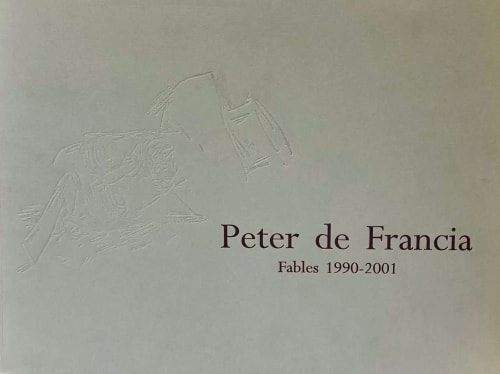Essay for exhibition catalogue, British Council, New Delhi, 2002
“What are the arms of a poet?” Mayakovsky was once asked.
“A pencil stub”, was his reply.
IN THE STERILE WORLD of 19th-century academies drawing became a routine exercise, a kind of certificate of health and respectability. The correct rendering of a leg, drawn from the model, was thought invaluable to link you with the past – a frequently distorted one – but never with the future; or, apart from the leg, with the present.
As a reaction to this a whole flood of newcomers, those present at every baptism of modernity but never at any funeral, vociferously declared that drawing was dead, a craft activity, an archaic relic, a repetition of discarded norms. But very few troubled themselves to study the immense variety of drawing and the diversity of its uses in the past and in the present. And that diversity is extraordinary.
Since it was so closely related to painting, a large part of Western drawing was based on practice, modifying or amending existing vocabularies or emphasizing certain features of these. It formed so to speak an armature. Early European drawing, or later attempts to codify a visual vocabulary, such as Gothic works or drawings by Cubist artists, had in common that they repudiated or ignored the notion of visible personal intervention within a work. A degree of personal intrusion into a graphic vocabulary can be seen as representing a stylistic shift. While I do not have the competence to evaluate it, I assume that a similar process evolved in the various schools of miniature painting in India.
What was radically to alter the concept of drawing was the introduction of expressive notations into its visual vocabulary. The 17th century became the seminal source of this transformation. The imperative flourish of a line in a drawing by Rembrandt, often similar to those found in musical notations by his contemporaries, stamped the work like a signature. Mark making can never be neutral. Should it become so it is already dead (a characteristic feature of weaker works of expressionism). In addition, the number of marks available is extremely limited, so that expressionist drawings quickly tend through repetition to formulate a stylistic language, the very factor repudiated by the protagonists of expressionism. Drawing ceased to be based on repetition, or to some degree on practice. It shifted from its affinity to printing and became calligraphy.
Yet there exist huge historical gaps in this brief summary. In many instances they can never be filled. How for instance was Paleolithic cave art created? This marvellous imagery, drawing as much as painting, made over long periods of time, appears to spring from nothing. Terms such as early or late hardly apply. Were the wonderful lines depicting the leg or the antler of an animal tried out or in some sense rehearsed? Or are they the result of sheer empathy with the animal world depicted, as was once suggested by Max Raphael? And since these artists confined themselves to a fairly limited range of subject matter, rendered with astonishing accuracy and vigour, were the images permanently present in the minds of those creating them, so as to bypass all notions of praxis?
In classical Greek art, drawing, in so far as it survives, is to be found above all in the splendid images on vases – cups, plates, bowls and the like. Line as opposed to tonal drawing is carried to the very summit of inventiveness. But there is nothing to tell us how a profile of a satyr or the multiple linear folds of a garment were finalized prior to being codified, or how much repetitive practice was required to achieve such refined results. Greek art carries no vestiges to indicate whether any form of drawing was used to transfer the concept of a two-dimensional image into a three-dimensional one. Greek sculpture appears to be totally divorced from any direct reference to preliminary drawing.
But for drawing’s sheer diversity, and the almost acrobatic manner in which it can be used, one should turn to Hokusai's set of notebooks, the Manga. This is unique. Nothing in Western art compares with it. In the manner of Balzac's novels, it aims to encompass an entire world, and succeeds in doing so. It is peopled by figures of fishermen, ghosts and heroes, landscapes under snow, dragonflies and snow leopards, bath houses and ships, diagrams of water wheels... An entire world, in which the drawings leap from page to page. Although the language of the drawings never fluctuates, here is the diversity we sought, which in our contemporary societies we now appear to have abandoned.
